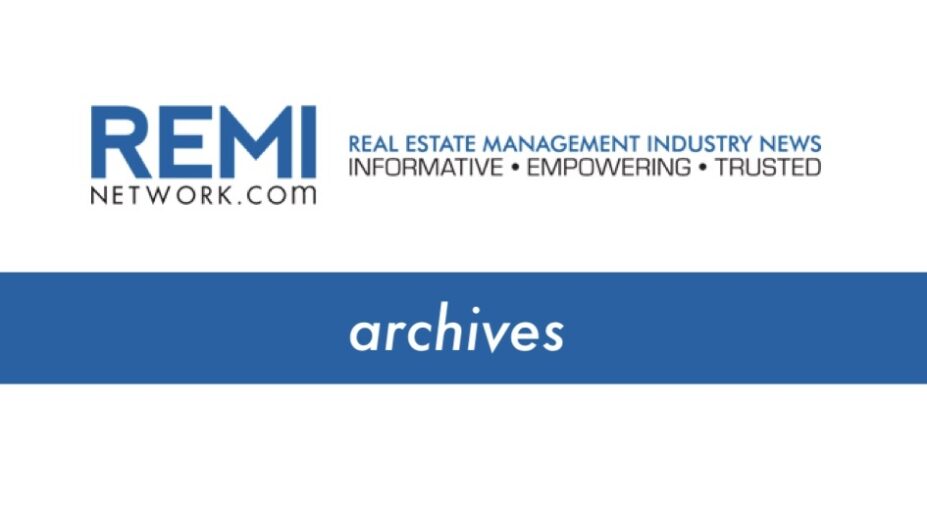By taking a few key steps, an organization can determine its ideal work environment.
The first step involves performing a space usage analysis – the analysis an organization undertakes to determine its ideal requirements. This occurs prior to any feasibility planning or test-fit designs. By identifying key requirements on paper, an organization can determine the optimal size, layout and functionality required for its ideal premises. A space usage analysis provides benchmark information that is useful in creating test-fit plans for alternative options and for dealing with the planning of efficiencies or inefficiencies with each building.
Here are three space usage trends that have been successfully implemented by organizations in recent years. An organization can use these as guidelines to formulate its own space usage needs.
Modified alternative workplace model
The alternative workplace (AWP) model is characterized predominantly by open concept space and the provision of an abundance of common areas generally referred to as collaboration spaces.
One of the cornerstones of the AWP model is the traditional 1:1 ratio of office space to employees is closer to 1:1.3, and in some cases ratios are as aggressive as 1:2. In short, employees show up to work and are assigned an available workstation. They’re typically provided with a secure filing cabinet or pedestal on casters that contains their personal work files, which they take with them to their assigned workstation for that day. Since not all employees spend an entire day at their desks, not having to provide a designated workspace for all staff is a great way for an organization to reduce its real estate costs.
However, this type of work environment does not appeal to everyone. In order for some people to be productive, it is important for them to have their own private space. It is one thing to reduce real estate costs but not at the expense of productivity. As well, some work functions require designated spaces. Because of these factors, an organization may only want to implement the AWP model in selected areas.
This model works well with functions such as sales, client account management and IT. A longer term benefit of the modified approach can result when other functions within an organization observe success with the initial test groups and begin to warm to the idea of the AWP model. Over time, an organization can achieve a cultural shift and greater acceptance of the AWP model throughout the organization.
Reduce outside facilities costs
An increasing number of companies are spending more on outside premises rentals due to increased use of education-based marketing programs and hosting of client-based functions such as client lunch-and-learn seminars and workshops. Spaces for outside premises rentals can include hotel function rooms and private rooms in restaurants. One of the most frequent facilities complaints within an organization is a shortage of meetings rooms.
Is there a solution that could improve the capabilities of a company’s meeting rooms while simultaneously reducing the need to rent outside premises?
In the last few years, many law firms have either moved and built new space or significantly renovated existing premises. In almost all cases, the law firms have done an excellent job in redesigning and consolidating client areas on one floor (or a portion of a floor) to serve three functions: provide client meeting rooms; provide space for client seminars or hosting industry events; and offer increased capacity for internal meetings.
Not every organization has the mass to rationalize converting one floor or a portion of a floor into designated meeting rooms and event space but elements can be taken from the law firm experience and planned into smaller, more typical office space. One of the keys to planning successful combined meeting room and event space is flexibility. Flexibility can be relatively easy to create by planning for moveable walls once appropriate functional adjacencies have been identified. It is important to ensure furniture within the rooms is (to some extent) mobile.
‘Right to light’
One of the overwhelming design trends in recent years has been to bring natural light to the largest number of people possible. To address this need, designers have used a simple premise: private offices with glass fronts are located on the interior of a floor and the more densely populated workstation areas are situated near the windows.
Although this is not a new trend, many organizations in space that is more than 10 years old are still operating with the perimeter office model and could benefit from converting to the interior office/perimeter workstation model.
Scott Mulligan is a principal at Ellington Tenant and Facilities Services. He personally provides space usage analysis and business case modelling services.






